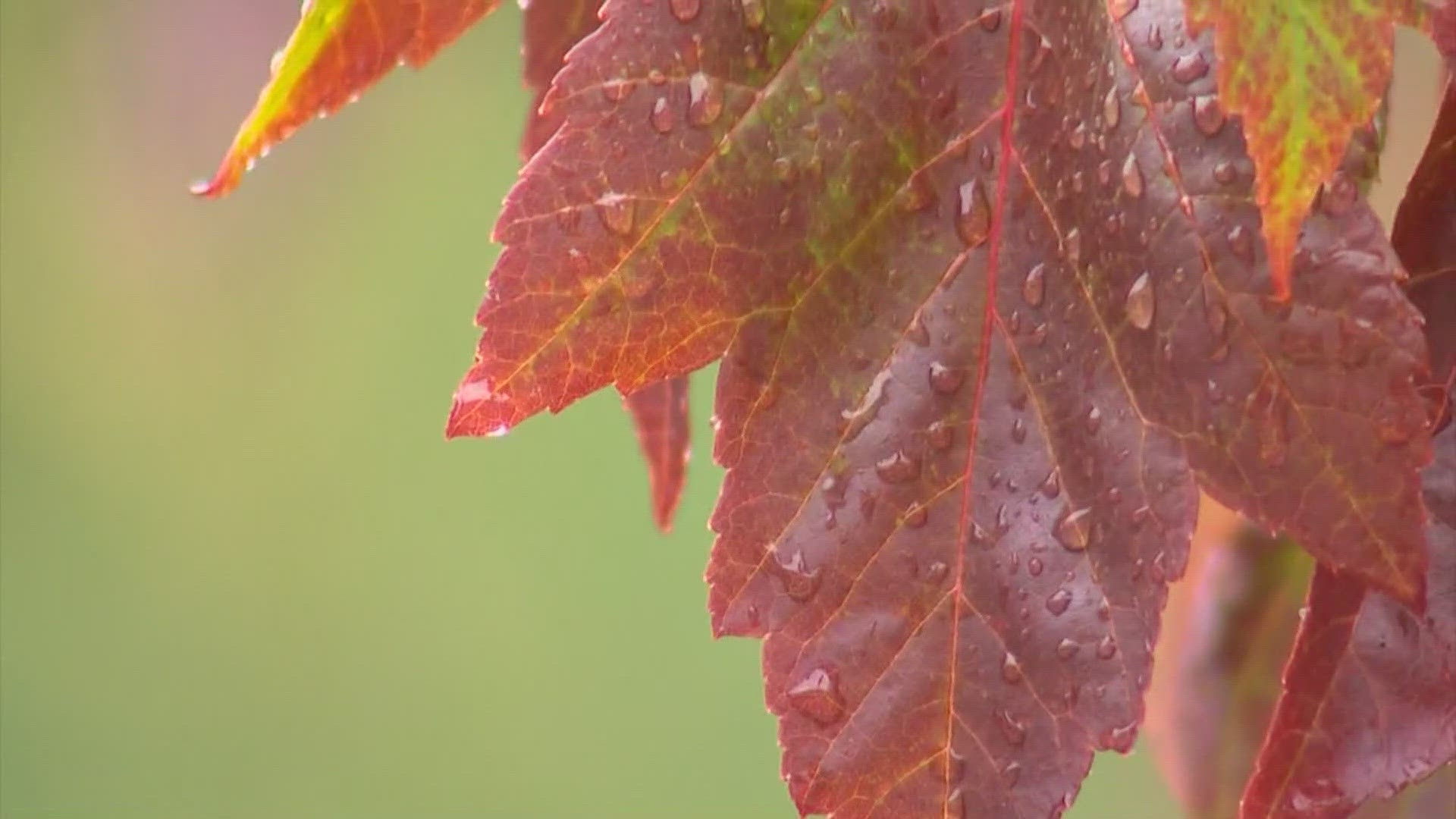It's a busy time of year for Brent Bower, a senior service hydrologist with the National Weather Service.
Monitoring drought conditions overlaps with watching early rainfall -- though it's welcome after such a dry year.
"When we transition out of summer and into winter, sometimes it's gradual, we get a little rain here and there," Bower said. "We're not only having a drier than normal summer, so we're in a drought, but we're also having a pretty big rainstorm to start."
Washington state is behind on rainfall, and a warm stretch in spring melted snowpack early. Melted snowpack moved quickly through rivers to Puget Sound, rather than taking time to soak into the ground and reservoirs, with impacts felt across the state.
The Washington Department of Ecology issued a statewide drought advisory and drought declaration for a dozen counties earlier this year. In September, Seattle Public Utilities and the City of Kirkland asked people to participate in voluntary water conservation measures.
As for this rain, Seattle Public Utilities says it helps, but the water use reduction request remains in effect until "sustained rains replenish our reservoirs."
Bower says Washington is around 8 inches lower than normal - meaning it will take more than a few inches of rain to catch up.
"It's getting us back in the right direction, but we've still got a long way to go," Bower said.
To help conserve water, people can skip watering their lawns, take shorter or fewer showers, and check their homes for leaks, including running toilets.
The US Army Corps of Engineers has also been monitoring water levels, including in Lake Washington. USACE says levels dropped a couple of hundredths below the target of 20 feet temporarily, though the rain has brought up the lake level nearly two-tenths of a foot, so lake levels are looking good for now.

